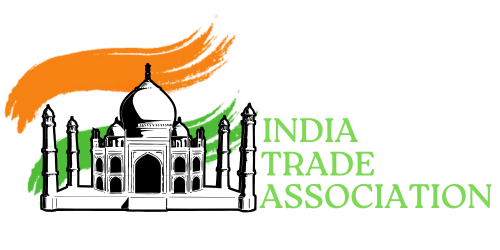India’s economy is dominated by agriculture, which dictates its sustainability and rate of growth. Nearly two-thirds (63.4%) of all agricultural households rely on land cultivation as their main source of income, according to the NSSO 70th round survey. But there are significant achievements in Indian agriculture. India was a food-deficient country before the green revolution, but now it has a surplus of food. India became a net exporter of food grains in under thirty years. The white and yellow revolutions produced remarkable outcomes in the dairying and oil seed industries. However, the sector was unable to sustain its growth speed in the years after the green revolution; instead, the Indian economy’s national GDP structure was reversed by the deliberate expansion of agriculture and the fast growth of industry. The majority of the workforce is still employed in the agriculture industry in spite of these significant structural

ICTE Manufacturing
ITA > Food-and-Agriculture

changes. Even with improved input facilities and technology, such as irrigation, high-yielding seeds, cropping pattern adjustments, etc., the industry is still vulnerable to production variations. The task will involve boosting value addition by decreasing waste, raising returns for farmers from agriculture and related sectors, and improving output through better input management and technology infusion. The CII National Council on Agriculture has determined the following focus areas in order to align its work with the government’s aim of “Doubling farm income by 2022”: Through the Core Group on Ease of Doing Business, policy concerns are resolved in conjunction with the government and policymakers. Through the Core Group on Innovation and Technical Capabilities, the technology quotient in agriculture is raised. Giving the agricultural workforce specialized skill sets through the Core Group on Human Development Through the Core Group on Sustainability, the agriculture ecosystem’s long-term viability is ensured.
